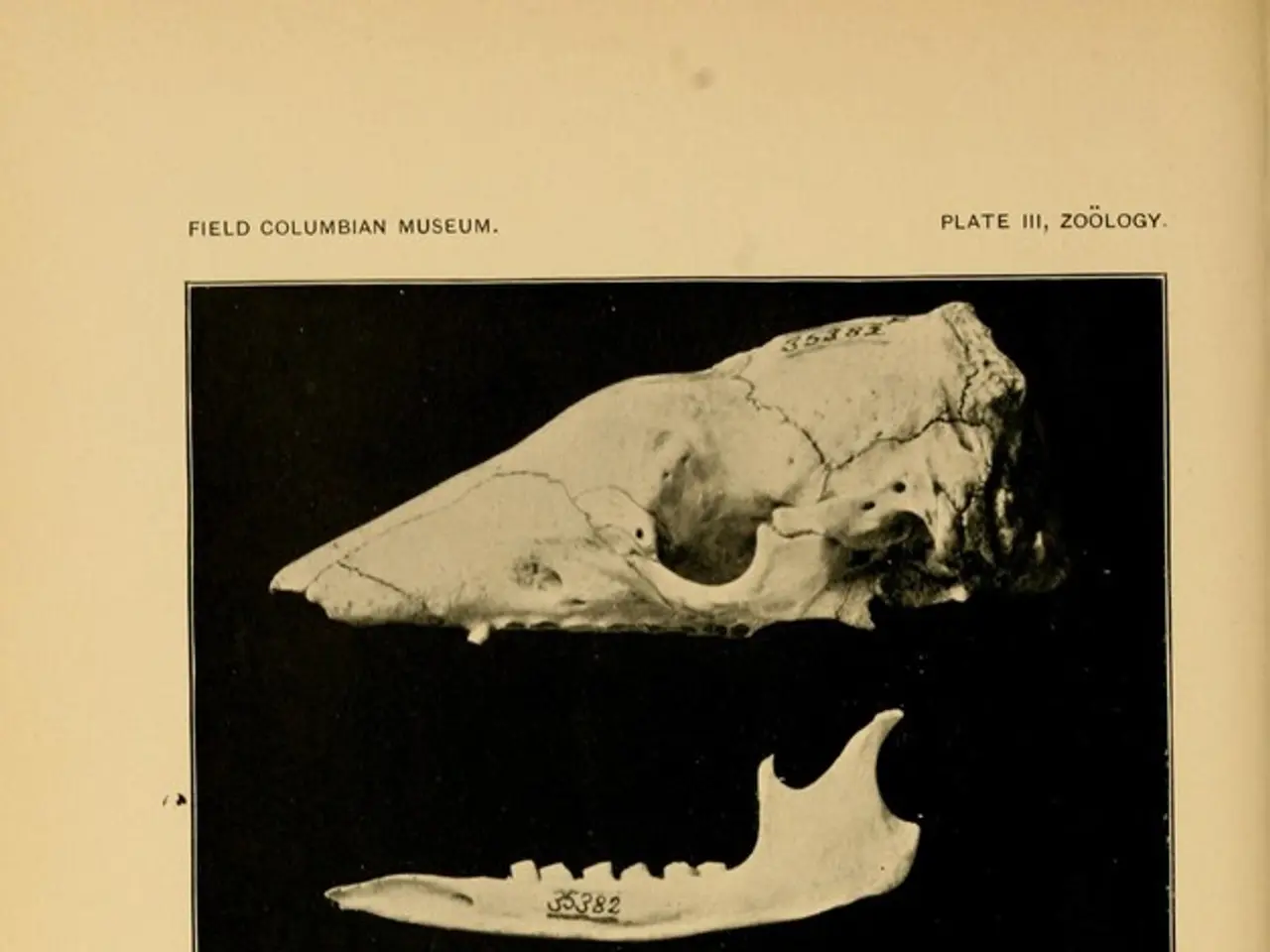Muscle Disorders: Classifications, Signs, Remedies, and Additional Information
Congenital myopathies are a group of rare, inherited muscle disorders that affect the structure of muscle fibers and manifest at birth or early childhood. These conditions are caused by genetic mutations in various genes encoding muscle proteins.
Common Causes and Types
The causes of congenital myopathies vary, with genetic mutations being the primary factor. Some common types include nemaline myopathy, distal myopathies, congenital muscle fiber-type disproportion, and centronuclear myopathy.
Nemaline myopathy is the most common congenital myopathy, characterized by proximal muscle weakness ranging from mild to severe. Distal myopathies affect distal muscles of the hands and feet, leading to weakness that may begin in hands or lower legs (causing foot drop).
Symptoms and Diagnosis
Common symptoms of congenital myopathies include muscle weakness (proximal or distal depending on the subtype), hypotonia (reduced muscle tone), delayed motor development or failure to meet milestones, facial weakness or abnormalities in some types, and respiratory muscle involvement in severe cases.
Diagnosis involves a full medical history, physical evaluation, and various tests such as blood tests, electromyography, MRI, and ultrasound.
Treatment and Management
Currently, there is no cure for congenital myopathies. Treatment is largely supportive and symptomatic, focusing on maintaining muscle strength and flexibility through physical therapy and occupational therapy. Respiratory support may be necessary for those with respiratory muscle weakness, and orthopedic interventions can address skeletal deformities.
Genetic counseling is essential for families due to the inherited nature of these conditions. Emerging therapies involving gene or molecular targeted approaches are under research but not yet widely available.
Living with Congenital Myopathies
The outlook for people with congenital myopathies depends on the type and severity of the disease. While some people may live a regular lifespan with few symptoms, others may have disorders that significantly limit their lives. Complementary therapies like acupressure, yoga, and massage therapy may also provide relief.
Distinguishing Congenital Myopathies from Other Myopathies
Unlike congenital myopathies, muscular dystrophy is characterized by the muscles degenerating and becoming progressively weaker over time. Acquired myopathies develop due to an illness or imbalance in the body and do not have genetic causes.
For autoimmune myopathies, immunosuppressive drugs like glucocorticoids, mycophenolate, rituximab, or intravenous immune globulin may be prescribed. In the case of toxic myopathy, stopping exposure to the problematic drug may alleviate symptoms. For some acquired myopathies, treating the cause may reduce symptoms, such as rebalancing electrolyte levels or boosting thyroid hormone levels.
The Future of Treatment
Gene therapy has shown some success for congenital myopathy, opening the door for clinical trials with human participants. As research progresses, we can look forward to better treatments and possibly a cure for these rare but impactful conditions.
- Rheumatoid arthritis and lupus are two examples of autoimmune disorders that can cause other musculoskeletal disorders, among a range of medical-conditions affecting health-and-wellness.
- The immune system is responsible for attacking healthy cells in people suffering from autoimmune myopathies, leading to musculoskeletal system problems.
- Emerging science in the field of medicine has identified neurological disorders, like muscular dystrophy, as distinct from congenital myopathies, which primarily impact the musculoskeletal system.
- In contrast to congenital myopathies, other musculoskeletal disorders might result from an illness, imbalance, or toxic substances, as with acquired myopathies.
- With the advancement of medical research, gene therapy stands as a promising solution for treating congenital myopathies, potentially offering a cure for this group of rare musculoskeletal disorders.




